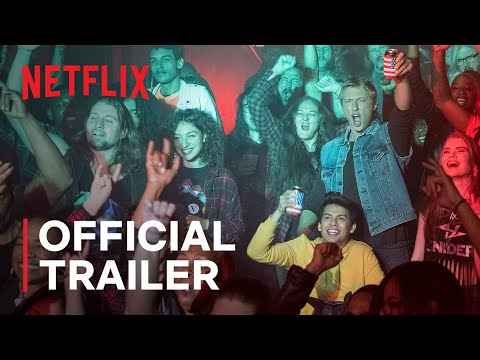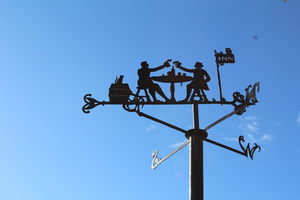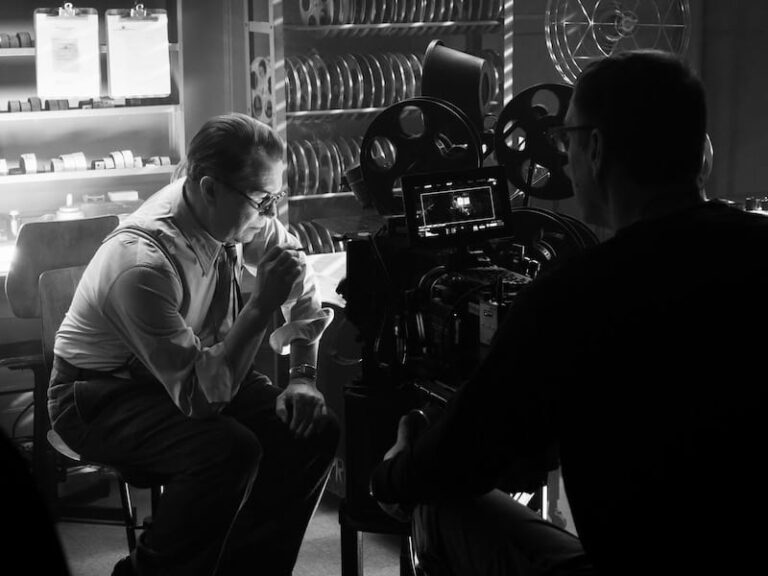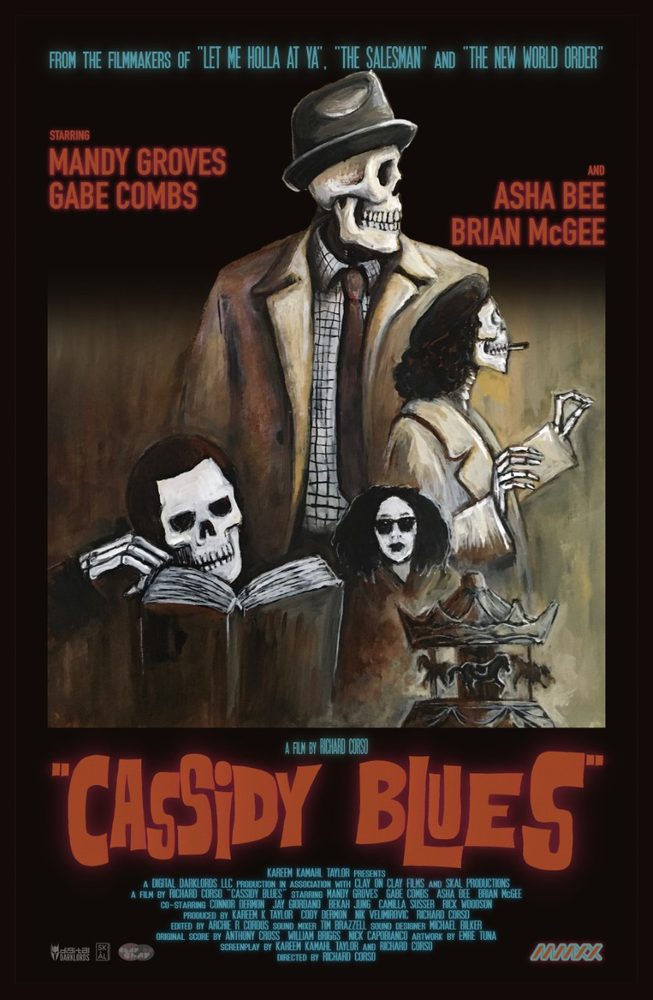Picarones

During Peru’s near-300-year-period under Spanish rule, Spaniards introduced deep-fried dough balls called buñuelos to the region. As they colonized the nation, Spaniards also brought the African slave trade. It was enslaved African cooks who refitted the original buñuelos recipe to make use of Peruvian sweet potato and squash. They kneaded flour and salt with mashed produce and fried spoonfuls of the orange dough in hot lard. To finish off the warm, chewy treat, they doused its crisp exterior in sweet syrup.
Peru regained independence from Spain in the 19th century, but the modified buñuelos, now known as picarones, had become an integral part of Afro-Peruvian culture. Families passed down recipes through generations, and the comforting sweet made its way into harvest festivals, religious processions, and onto the streets. Today, picarones remain popular in Peru, as well as in Chile. Street vendors and traditional restaurants continue to serve the old-school fritters, especially to feed late-night crowds in Peru’s capital, Lima. October’s religious celebrations also inspire a resurgence of street-vending picarones chefs known for their finesse. Be sure to watch them shape dough with one hand before tossing each ring into a vat of hot oil.





